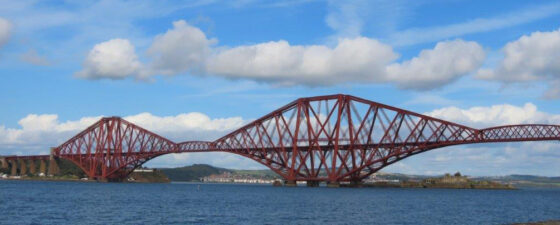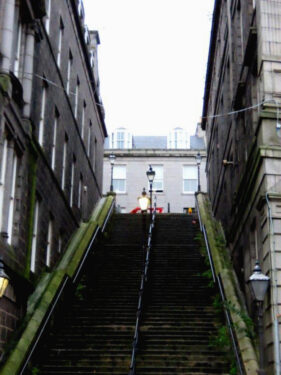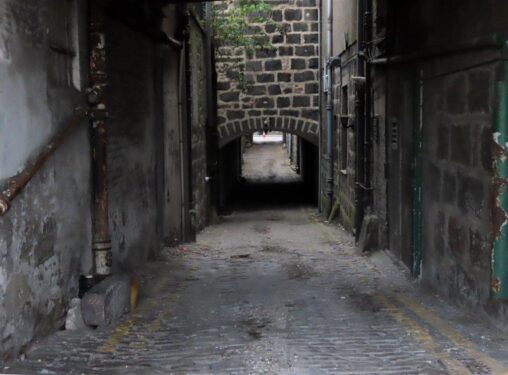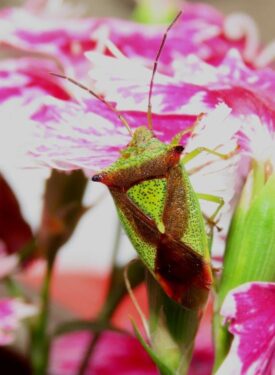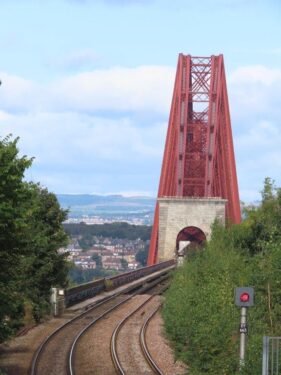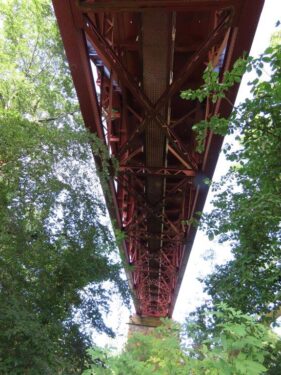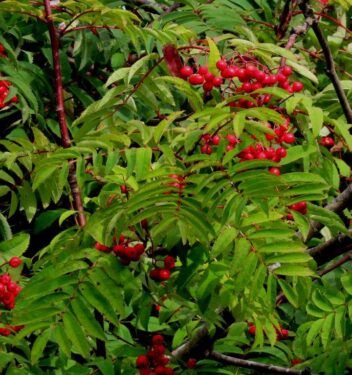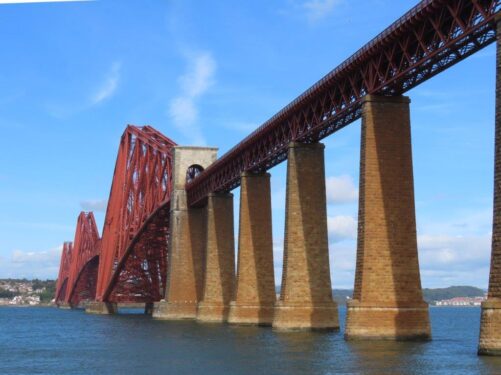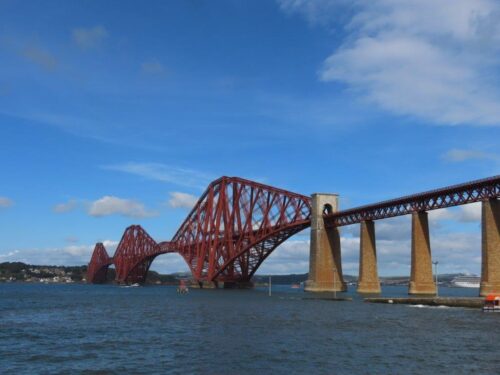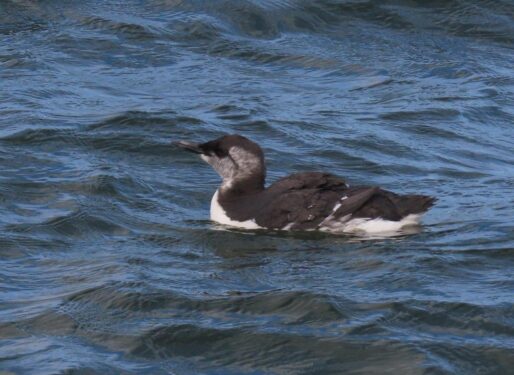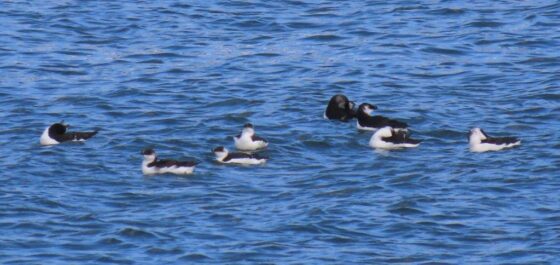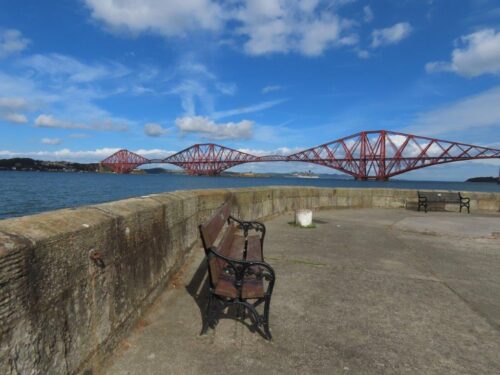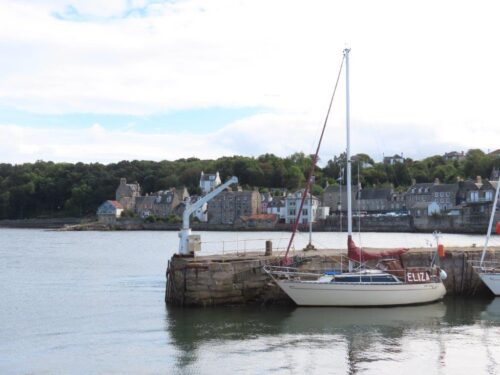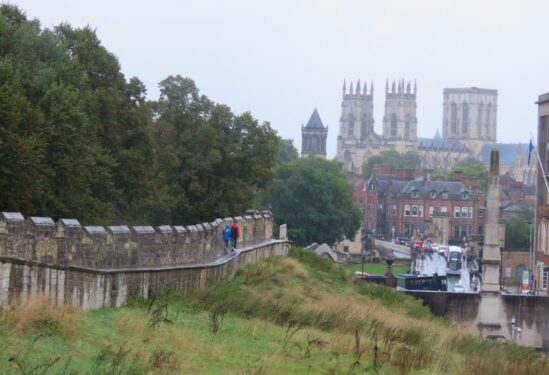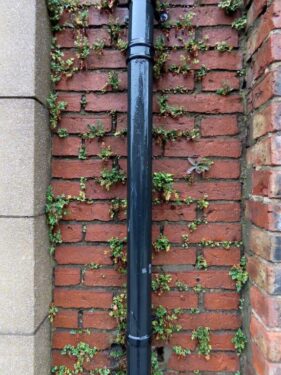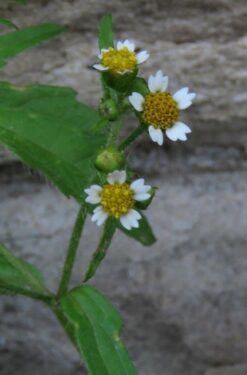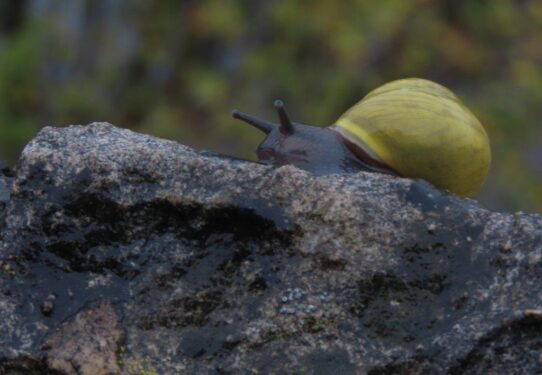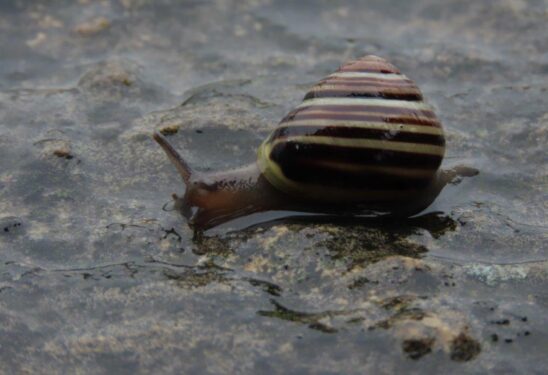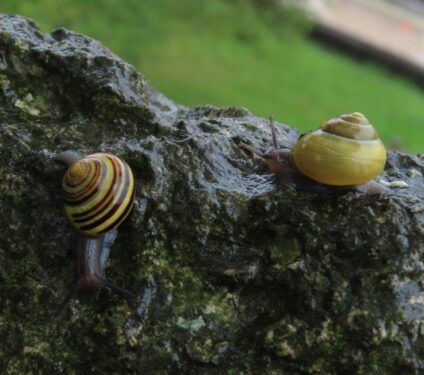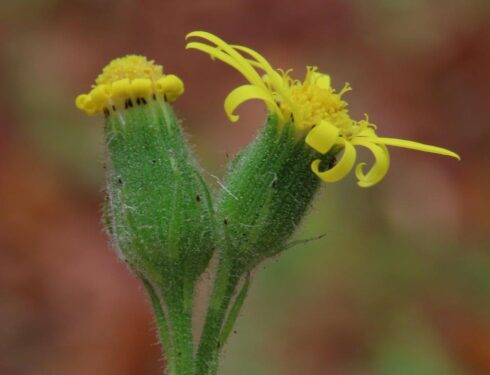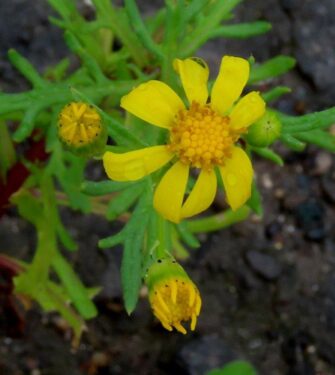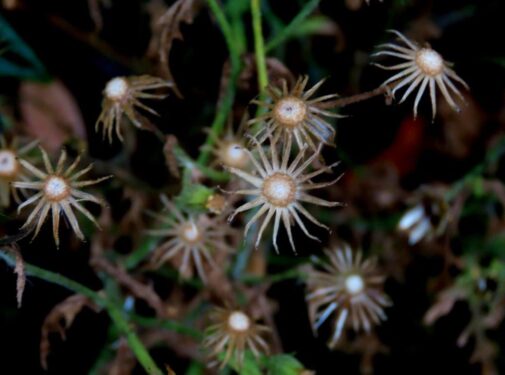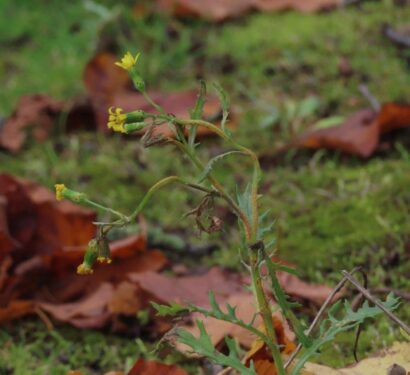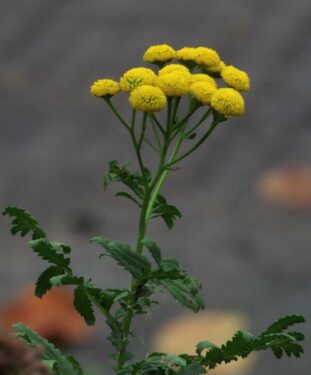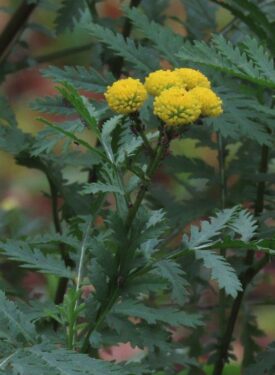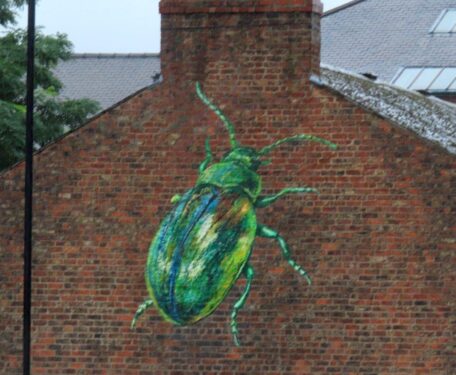Our final morning in Aberdeen, and the rain has arrived. Overnight the granite city has become the dour granite city! Such a monochromatic contrast to yesterday…
We broke the journey south for three hours by the Firth of Forth, changing on to a stopping train at Inverkeithing where a Hawthorn Shield-bug sidled across the platform, another insect towards the northern end of its UK distribution. We rescued it from trampling feet!
Then a couple of stops down the line and across the rail bridge to Dalmeny. A wander down through the woods, past fruiting Rowans and Speckled Wood butterflies, brought us to the shore and its wonderful views of the iconic Forth Rail Bridge, with the modern road bridges further west.
The best thing was the fact that against all forecasts, the sun re-emerged, lighting the bridge and its rusty colour. Simply magnificent!
Out on the water, solitary Guillemots and small rafts of Razorbills were loafing and diving:
South Queensferry was busy (a cruise ship was moored just downstream) but lovely …
… and all too soon, it was back on the train and into a now-dismal England. Overnight in York the rain continued, so next day we had a wet wander round the walls, with Wall-rue ferns and Shaggy Soldiers.
Most interesting was the sight of snails (mostly Banded Snails with just a few Garden Snails) on certain sections, the only likely dry-weather refuges being the grassy embankments four or five metres below.
Into a pub to shelter, we suddenly realised our holiday was ticking away, and sought the wild once more. After checking numerous Senecios in vain, from Common and Sticky Groundsels to Oxford and Narrow-leaved Ragworts (it was only with close scrutiny that I realised how much the old flowerheads in rain look like sea-anemones!) …
…. and along a steeply sloping concrete embankment of the Ouse we at last found the prize, the locally endemic York Groundsel. A fertile hybrid between Groundsel and Oxford Ragwort, it is surprisingly distinctive with eight yellow rays. What’s more, this is a de-extincted plant. First found and named Senecio eboracensis in the 1970s, by the noughties it was globally extinct in the wild, a victim of City Council herbicide profligacy. Thankfully the Millennium Seedbank at Wakehurst Place had some seeds, which were grown on and enabled its return to the wild earlier this summer.
Sadly we were unable to find the other York speciality, Tansy Beetle, except in art form, despite some good stands of the foodplant. A good reason for us to return.
And so our holiday drew to a close. Five nights, six days, and five rail journeys which thanks to early booking and a railcard cost just a couple of hundred pounds!
